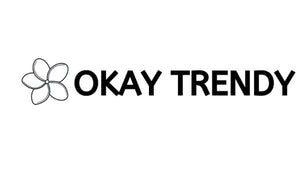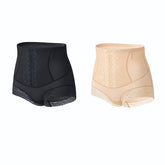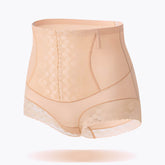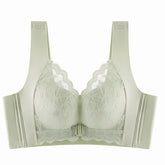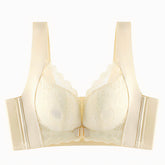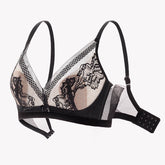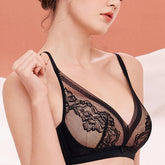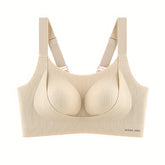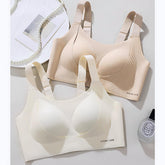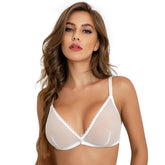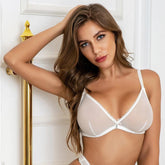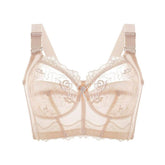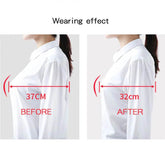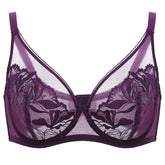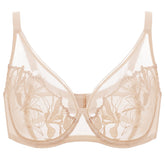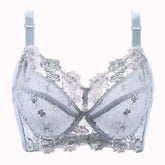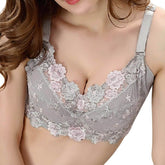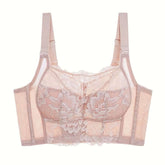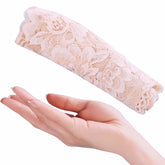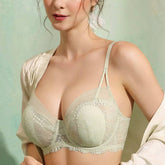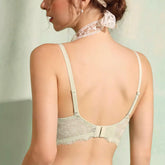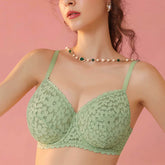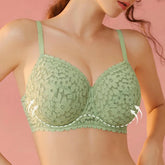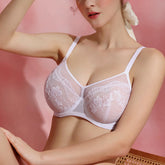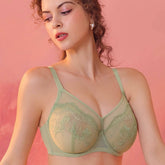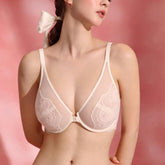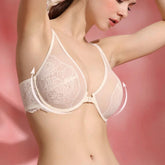Basics of Bra Fitting. Ideal Bra Cup
In the previous article, we talked about what an ideal bra band should be like. This time, let's discuss the perfect cup.
The ideal cup should support the entire weight of your breasts. Your breasts shouldn't appear "squished" out of the cup, nor should they "drown" in it.
To determine how well the cup fits, you can check either the top or bottom.
Top of the Cup Put on the bra using our "Scoop & Swoop" technique and pay attention to the top edge of the cup. Wearing a bra with the wrong cup size can result in one of two negative effects at the top:
- "Quad Boob Effect"
- Gap between the cup and breast
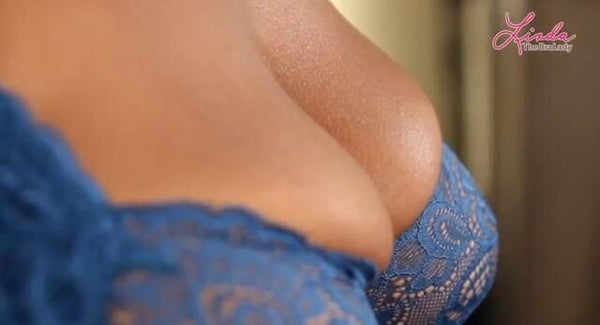
The "Quad Boob Effect" occurs when the cup is too small and digs into the upper part of the breast, dividing it into two parts. The image above shows an extreme case, but there are less obvious instances noticeable during careful fitting:
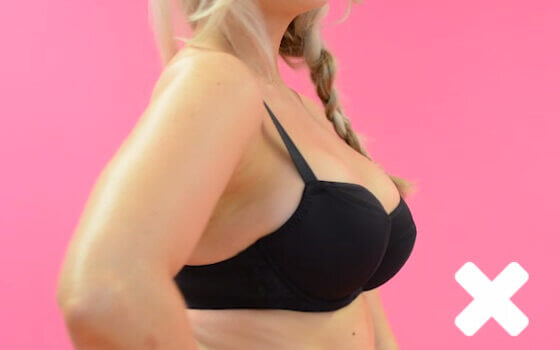
The opposite problem of an ill-fitting cup is a gap between the cup and the breast. This happens if the cup is too large:

Less radical situations with the same issue can occur:
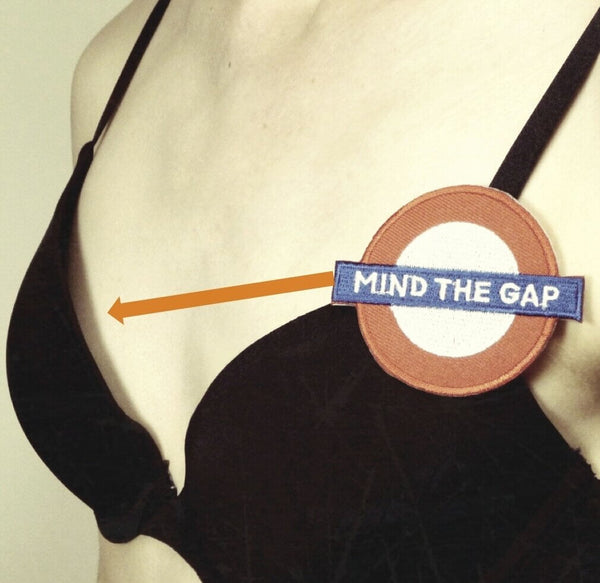
Some believe that the gap issue is typical for small-breasted individuals, which is untrue. Regardless of size, the cup should snugly fit the upper part of the breast. If you face this problem, the cause may not only be the wrong cup size but also the wrong cup shape for your specific breasts. For instance, if your breasts are fuller at the bottom and less at the top, standard cups will always leave a gap. In this case, consider wearing bras with a more closed top cup. We covered such nuances in the article "Impact of Breast Shape on Bra Selection."
Bottom of the Cup
Let's now look at the ideal fit of the bottom part of the cup. Again, it's easier to understand what an improperly fitted cup looks like first. In the case of a wrong cup, the breast may peek out from the bottom of the cup, especially when you raise your arms. The reasons for this could be either a too-small cup or a bra band that is not tight enough. In the article on the ideal bra band, we mentioned that the band should fit snugly enough to prevent this effect:
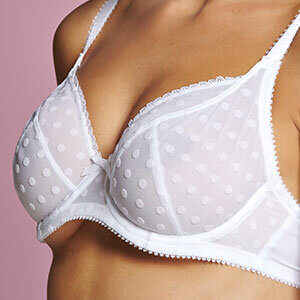
The reverse problem at the bottom of the breast, where the cup is too large, is much less noticeable at first glance. In this case, the breast fully fits into the cup, but there remains a lot of emptiness at the bottom. This issue is specific to molded cups that can hold their shape. You can identify this problem by pressing your finger on the bottom of the cup. If your finger significantly compresses the fabric, and you feel a gap inside, the cup is too deep for you. Try changing the size to a smaller one or switch to a bra with less deep cups.
If you still struggle to find the perfect cup for yourself, you may want to try soft or spacer cups; they are much less demanding in terms of breast shape.
In conclusion, the ideal cup should snugly hug your breasts from the top, not squeeze them, dividing them into two parts, and should not create a gap between the cup and the breast. During active movements or lifting your arms, the cup should not slide off the chest, revealing it from below. There should be no empty space inside the cup between the fabric and your breast. The perfect cup can be for individuals with small or large breasts.


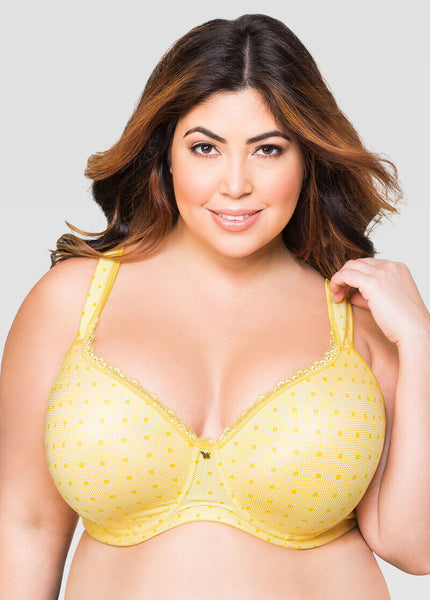
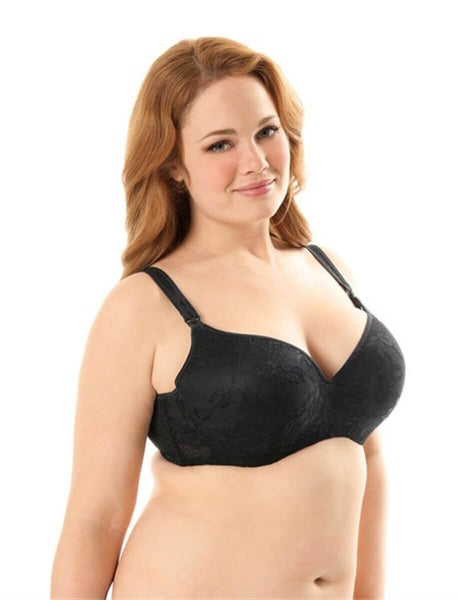
If you enjoyed this article, give it a like and subscribe to our email list.
